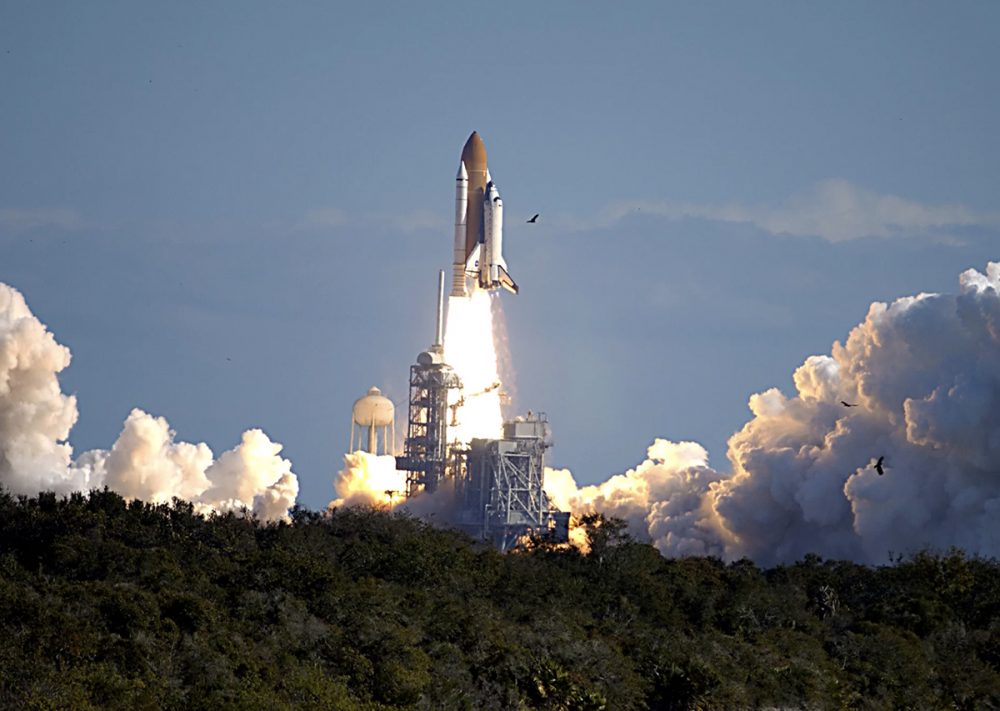Mike Leinback was Columbia’s launch director. He remembers standing out at the runway at the Kennedy Space Center, waiting for the shuttle’s return.
“Three minutes and 15 seconds prior to landing we always got those double sonic booms. They didn’t occur that day. And then we had a large countdown clock between us and the runway and it reached zero. And we just didn’t know where it was.”
The incident led to a massive search-and-recovery operation in an area of rural East Texas the size of Rhode Island. Grief-stricken NASA employees helped look for lost colleagues and shuttle debris, aided by FEMA, the FBI, the U.S. Forest Service and dozens of federal, state and local agencies. Johnathan Ward is with the Jet Propulsion Laboratory, and said it’s important to tell the story.
“I went back and talked with people 50 years after Apollo happened and it’s hard to find a lot of people who were involved in that. And so anytime you can document these kind of oral histories, it’s extremely important.”
Ward and Leinback are at the NASA Columbia Museum in Hemphill to commemorate the seven astronauts who died on February 1st, 2003.

 74 °F
74 °F

